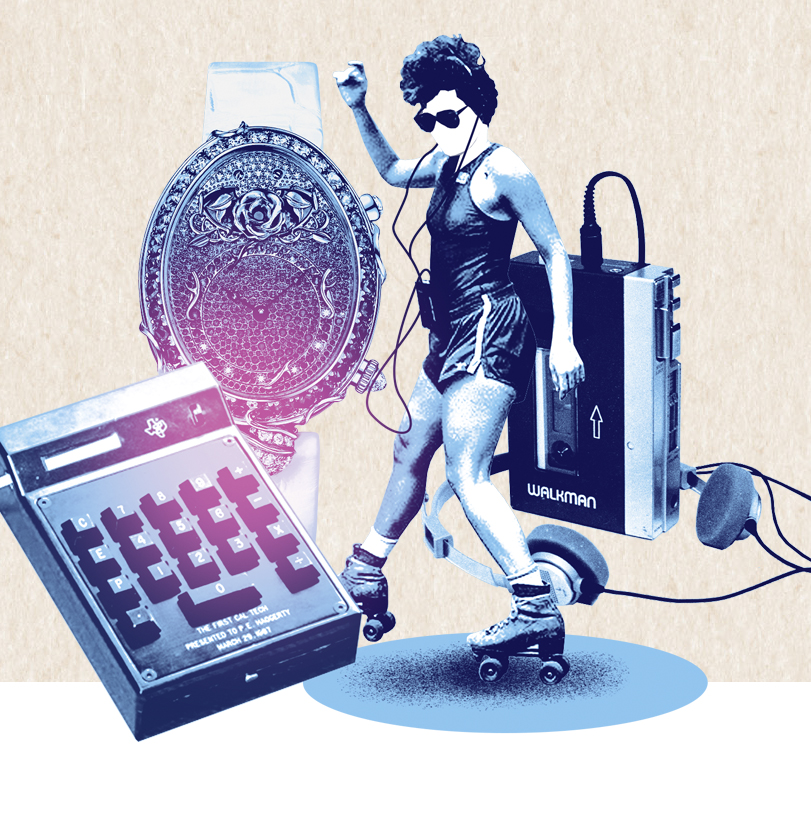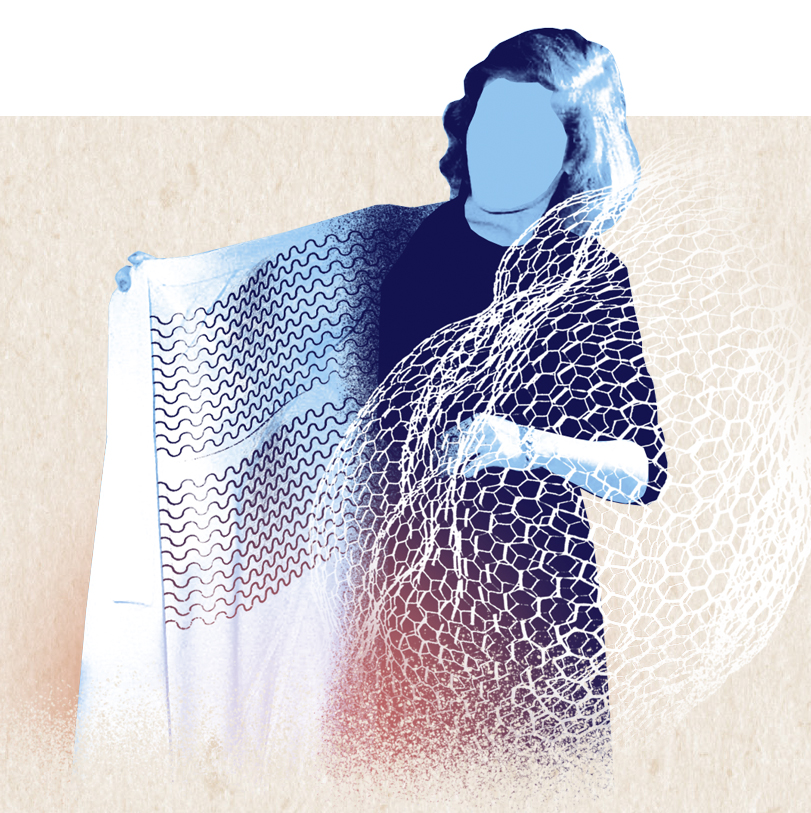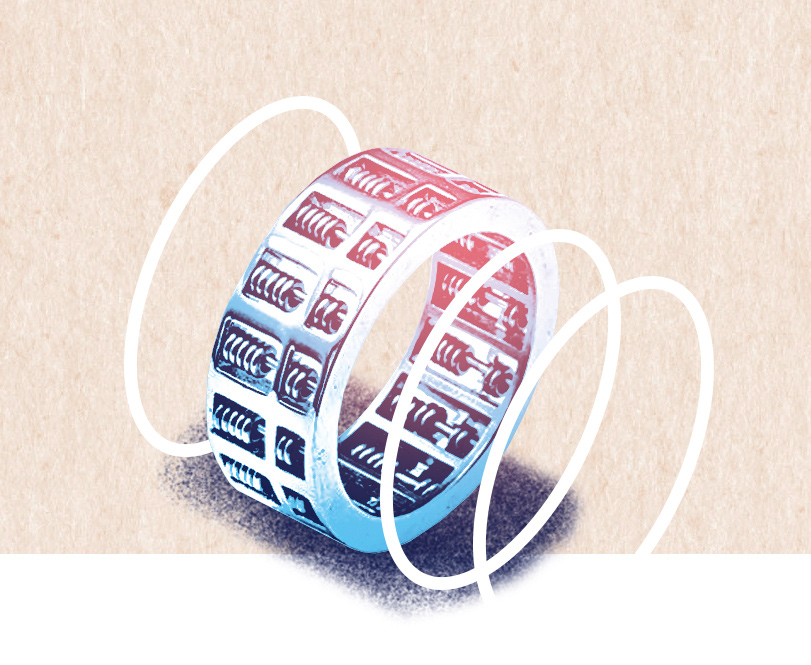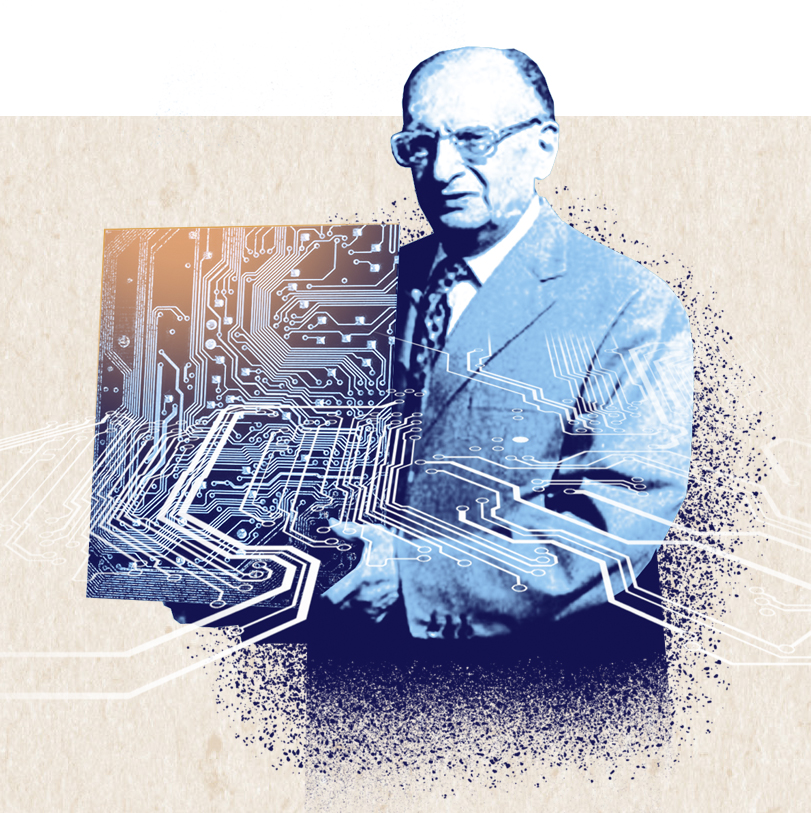
Wearables, computer devices worn on the body, that are used for measuring and processing data. The most well-known examples are mostly likely fitness wristbands or smartwatches. They are becoming increasingly popular: By 2022, there will be an estimated 190.4 MILLION of them; in 2017 it was 115 MILLION. (Source: Statista)

With a SALES VOLUME of 3,941 MILLION euro in the year 2018, China was the largest sales market for wearables.

The first WATCH (early 20th century), the first POCKET CALCULATOR (1967) and the Sony WALKMAN, appearing on the market for the first time in 1979, are considered trailblazing inventions in this day and age.

Würth Elektronik developed TWINFLEX-STRETCH together with the Fraunhofer Institute for Reliability and Microintegration IZM (see pp.11). This is a flexible and stretchable circuit board suited for any type of technology worn on the body due to its soft structure. In addition, it is tear-resistant, robust and can even be thrown in the washing machine – in the delicate cycle at 30 DEGREES.
 The ABACUS RING from China, invented during the 17TH CENTURY, is considered the first wearable of all time. It was used by merchants as a sort of mini calculator.
The ABACUS RING from China, invented during the 17TH CENTURY, is considered the first wearable of all time. It was used by merchants as a sort of mini calculator.
 According to one estimate, around 3.65 BILLION people were using the Internet worldwide in the YEAR 2017. That is roughly 48% of the GLOBAL POPULATION (7.5 billion).
According to one estimate, around 3.65 BILLION people were using the Internet worldwide in the YEAR 2017. That is roughly 48% of the GLOBAL POPULATION (7.5 billion).

Austrian PAUL EISLER invented the first CIRCUIT BOARD in 1936.









